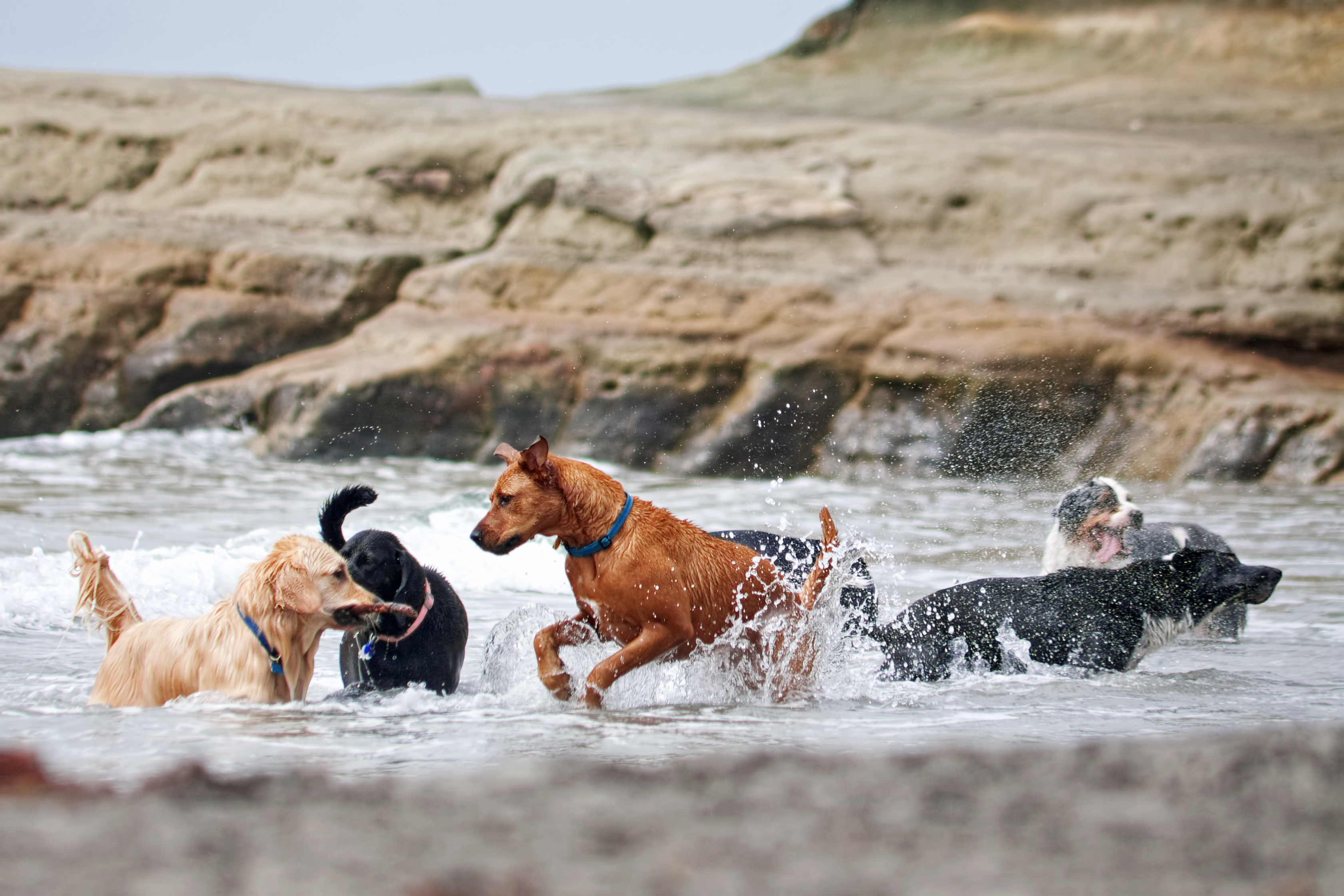10 Theories Explaining Why the Mighty Dire Wolf Went Extinct
The dire wolf, an apex predator that once roamed the landscapes of North America, has long fascinated scientists and laypeople alike. Despite its formidable presence during the Pleistocene epoch, this colossal creature vanished from the face of the Earth approximately 13,000 years ago. The mystery surrounding its disappearance has spurred a plethora of hypotheses, each attempting to unravel the ancient secrets behind this extinction. This article embarks on a journey through these captivating theories, exploring the interplay of ecological, environmental, and anthropogenic factors that might have contributed to the dire wolf's downfall. As we delve into the scientific narratives and speculative tales, we seek to illuminate the shadows of prehistory and understand the forces that shaped the dire wolf's fate.
1. The Dire Wolf: A Prehistoric Apex Predator
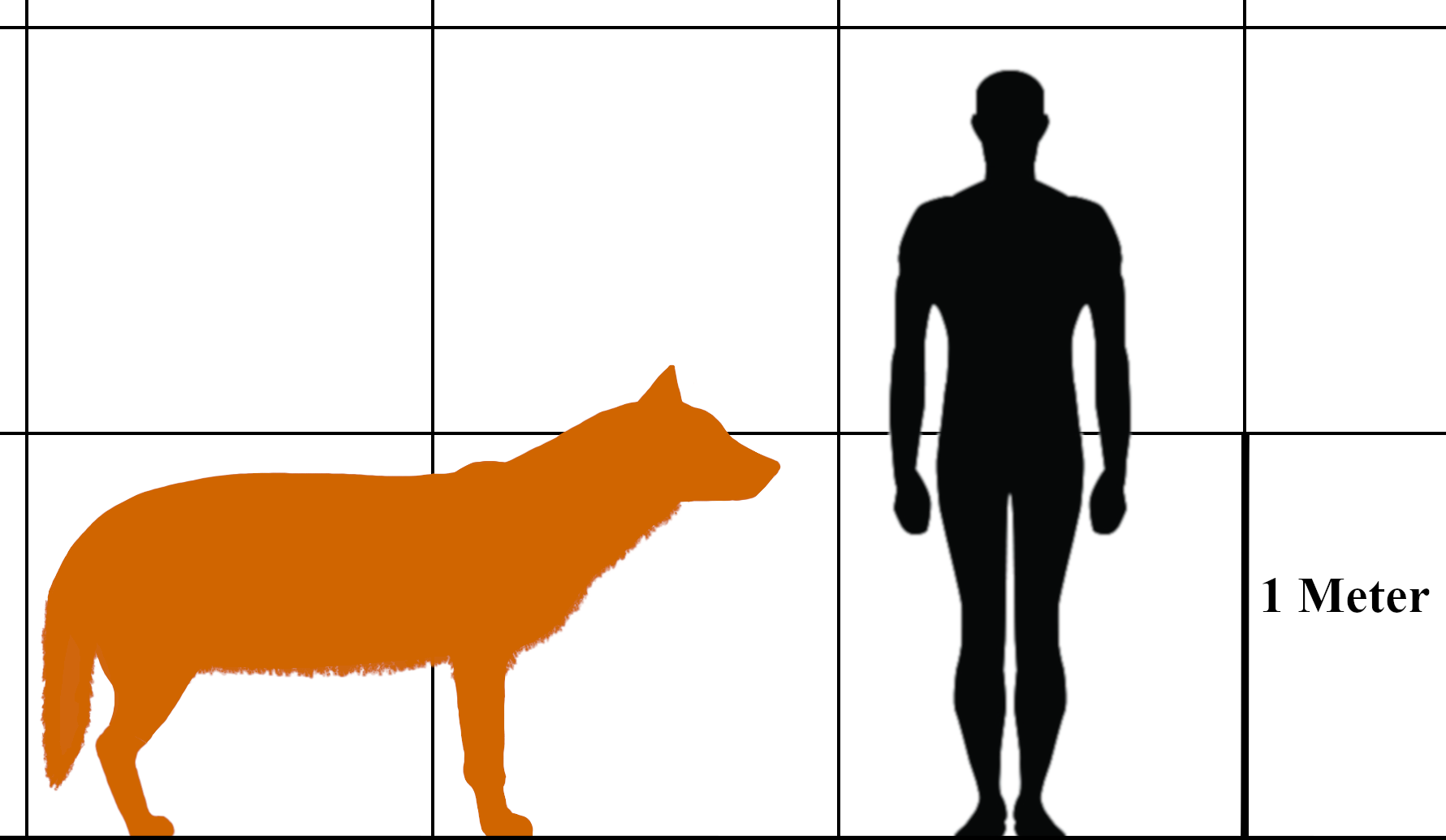
The dire wolf (Canis dirus) was not just a large wolf; it was a formidable predator with a robust build and powerful jaws, adapted to hunt large prey. Standing at about five feet long and weighing up to 150 pounds, it was larger and heavier than the modern gray wolf. Its skeletal structure suggests a creature designed for strength rather than speed, indicating a specialization in taking down large herbivores like bison and horses. Fossils found in the La Brea Tar Pits and other sites provide a glimpse into its life and environment. These remains reveal a predator that thrived in diverse habitats, from open plains to dense forests, showcasing its adaptability. However, its reliance on large prey may have been a double-edged sword, contributing to its vulnerability as ecosystems transformed.
2. Climate Change and Habitat Transformation
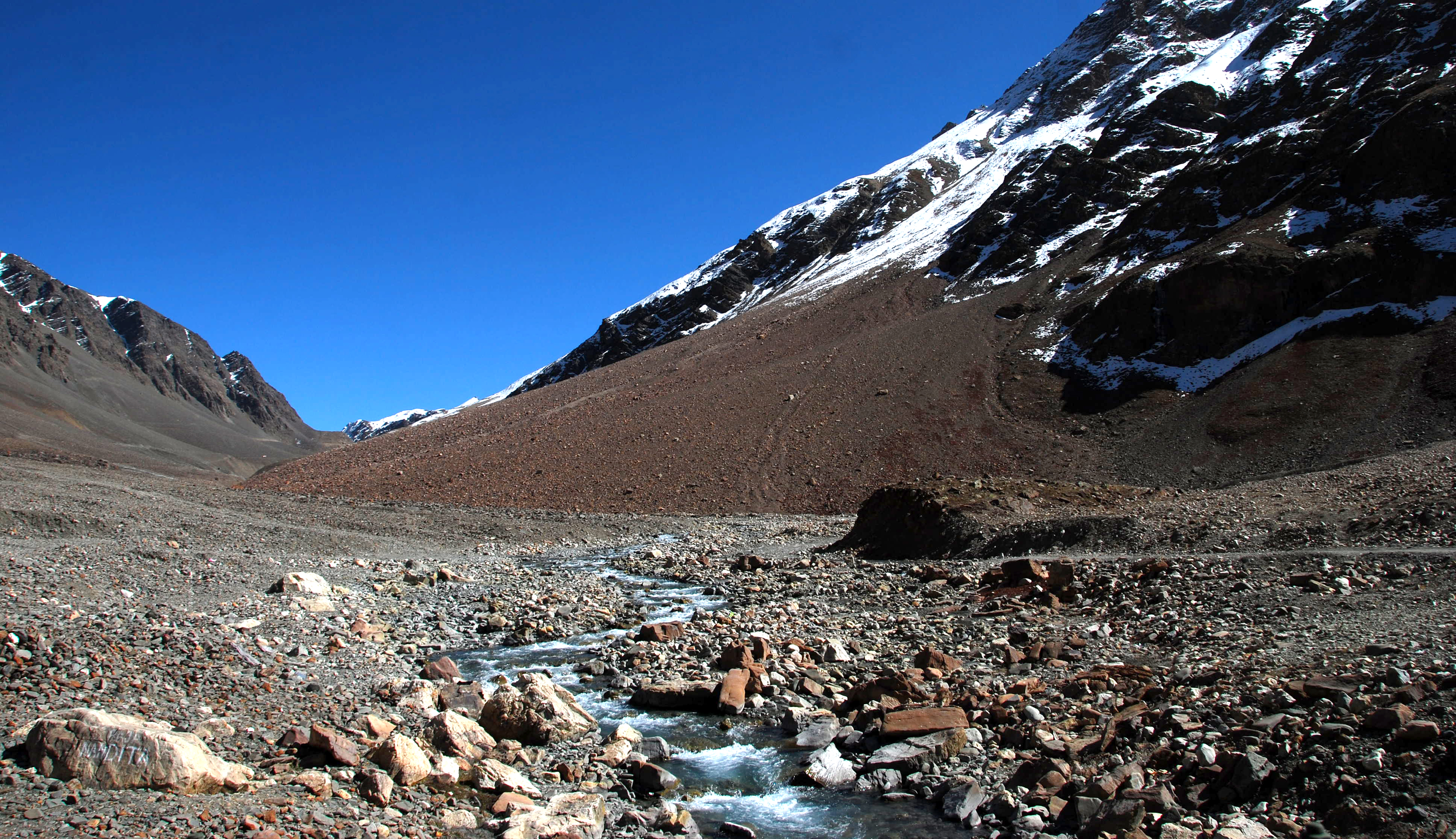
The end of the Pleistocene epoch was marked by significant climatic shifts that transformed landscapes and ecosystems. As the Ice Age drew to a close, temperatures rose, leading to the retreat of glaciers and the alteration of habitats that had supported megafauna. The lush grasslands that once spread across North America began to shrink, replaced by forests and other vegetation less conducive to the large herbivores that dire wolves preyed upon. This environmental upheaval likely disrupted food chains, reducing the availability of prey for apex predators. The dire wolf, with its specialized hunting strategies, may have struggled to adapt quickly enough to these rapid changes, leading to a decline in its populations.
3. Competition with Emerging Canids

During the late Pleistocene, the dire wolf faced increasing competition from other canid species, particularly the gray wolf and the newly arrived human populations. Gray wolves, smaller but more adaptable, could hunt a wider range of prey, including smaller animals that flourished in the changing environments. This versatility may have given gray wolves a competitive edge over the more specialized dire wolves. Additionally, gray wolves' ability to form larger packs allowed them to outcompete dire wolves for resources. This interspecies competition, combined with environmental pressures, may have accelerated the decline of the dire wolf, unable to effectively compete for dwindling food resources.
4. The Role of Human Activity
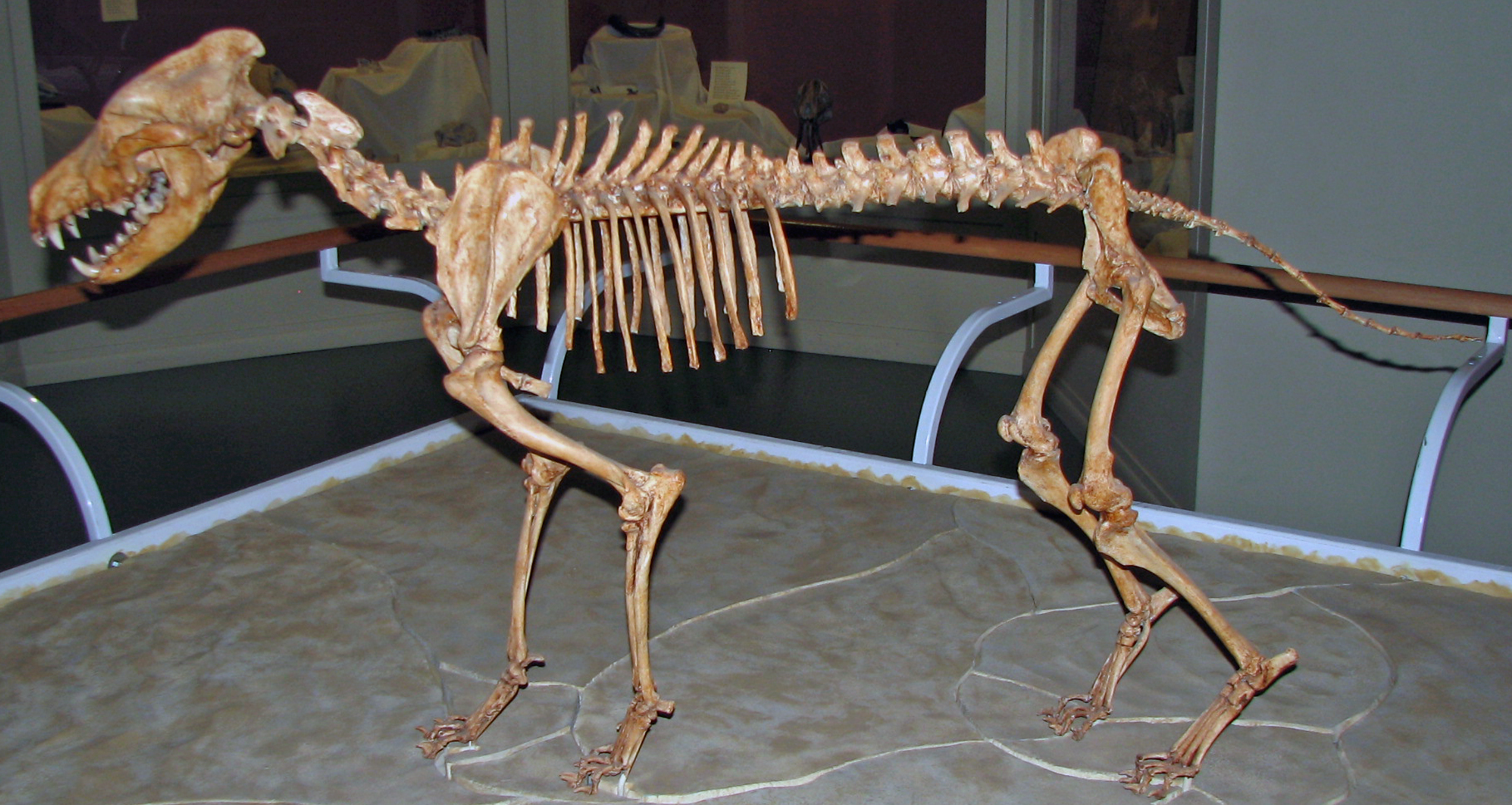
The arrival of humans in North America coincided with the decline of many megafaunal species, including the dire wolf. Early humans, equipped with advanced hunting tools and strategies, significantly impacted local ecosystems. As skilled hunters, they targeted large herbivores, directly competing with dire wolves for prey. Moreover, human activities may have led to habitat destruction and fragmentation, further stressing dire wolf populations. Some researchers propose that the combined pressures of direct competition and habitat alteration by humans created insurmountable challenges for the dire wolves, hastening their extinction. This hypothesis highlights the profound impact of human expansion on prehistoric ecosystems.
5. Disease and Pathogen Hypotheses
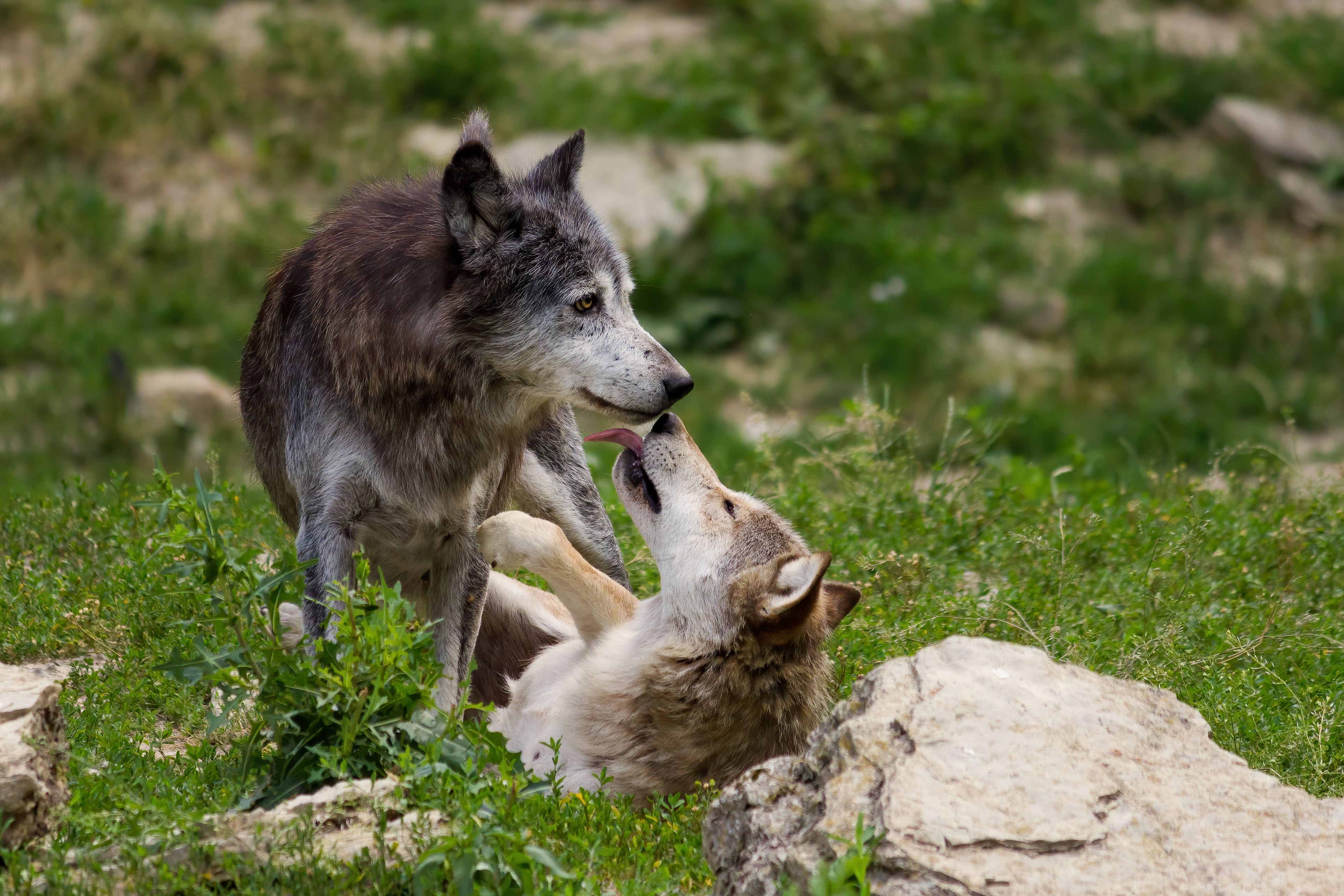
Another intriguing hypothesis considers the role of disease and pathogens in the extinction of the dire wolf. As ecosystems changed and species migrated, the introduction of new pathogens could have had devastating effects on native species. Dire wolves, with their dense populations and social structures, would have been particularly vulnerable to contagious diseases. A sudden outbreak could have decimated their numbers, weakening populations already stressed by environmental and competitive pressures. While direct evidence of such diseases is challenging to obtain from fossil records, the possibility remains a compelling factor in the multifaceted puzzle of the dire wolf's disappearance.
6. Genetic Diversity and Population Bottlenecks
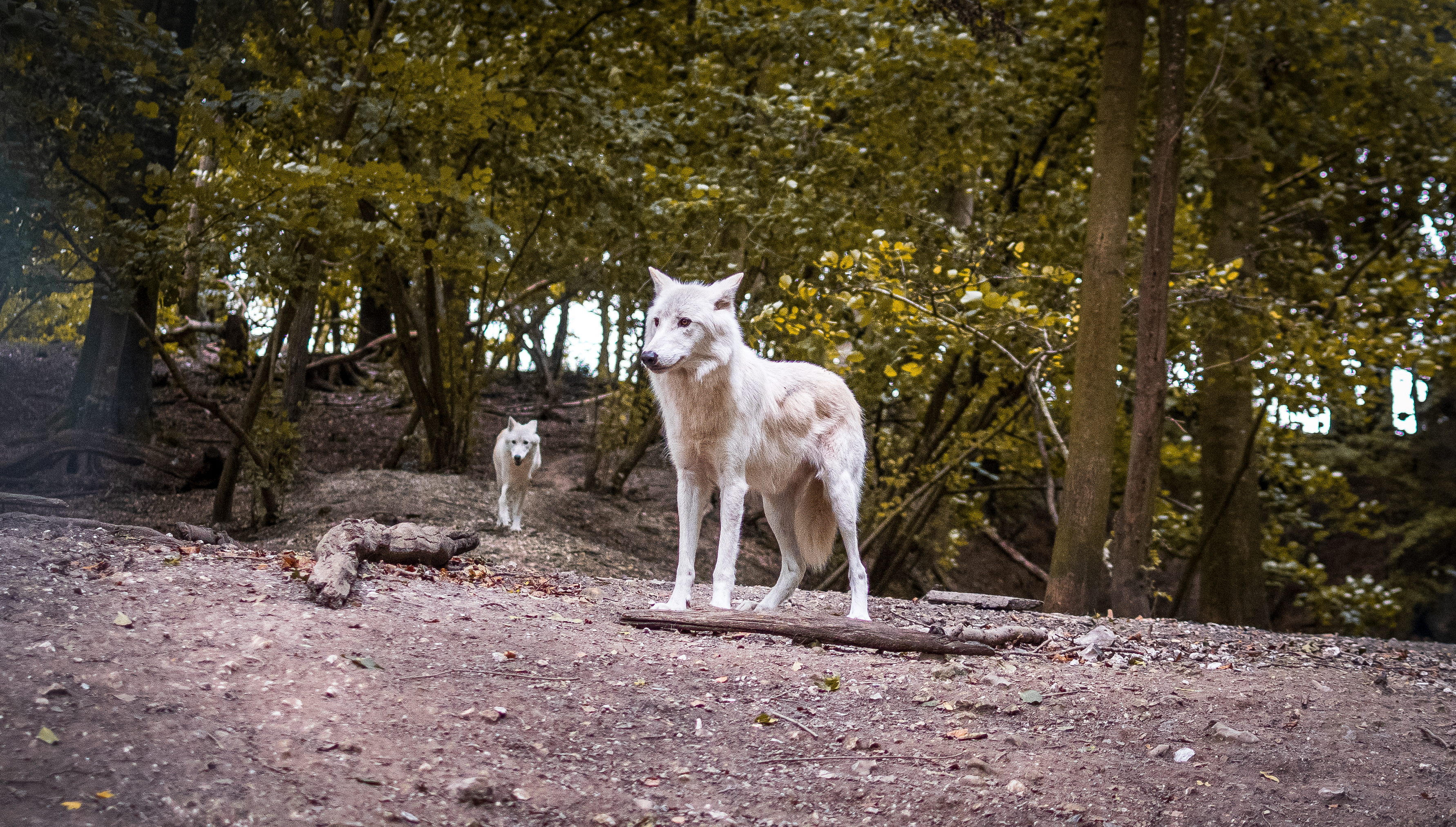
Genetic studies provide another lens through which to examine the dire wolf's extinction. Limited genetic diversity within a species can lead to increased vulnerability to environmental changes and diseases. Fossil evidence suggests that dire wolves experienced several population bottlenecks, reducing their genetic variability. This lack of diversity may have hindered their ability to adapt to rapidly changing conditions. As habitats shifted and competition intensified, the dire wolf's reduced genetic pool could have impeded its evolutionary adaptability, contributing to its eventual extinction. Modern genetic analysis continues to shed light on these ancient dynamics, offering insights into the dire wolf's genetic legacy.
7. The Mystery of the La Brea Tar Pits
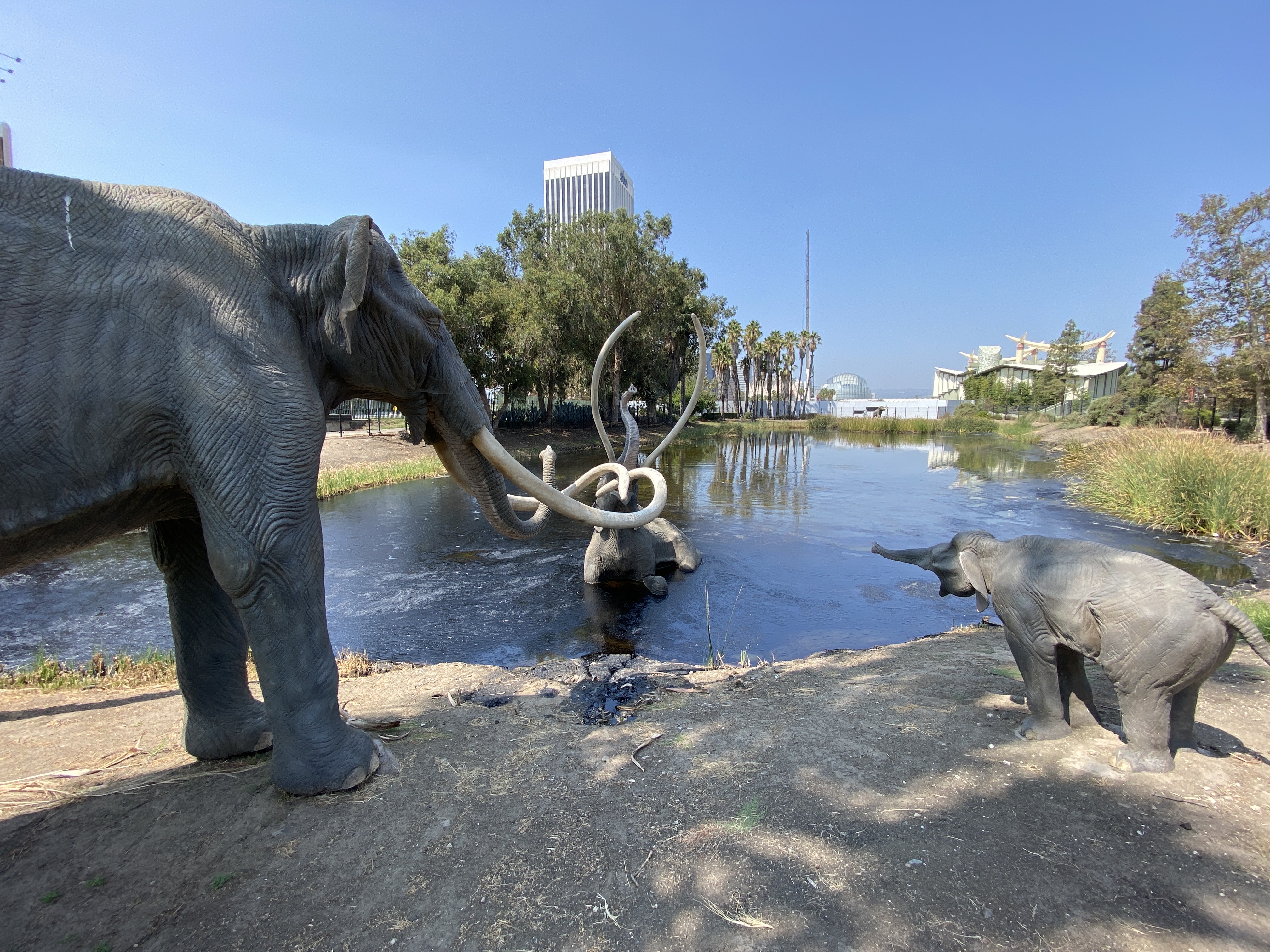
The La Brea Tar Pits in California provide a unique window into the late Pleistocene ecosystem and the life of the dire wolf. Thousands of dire wolf fossils have been excavated from these natural asphalt traps, offering a wealth of information about their biology and behavior. The abundance of dire wolf remains suggests they were once highly successful predators. However, the pits also reveal a snapshot of their decline, capturing a moment in time when these majestic creatures were struggling for survival. The La Brea Tar Pits continue to be a focal point for research, offering clues about the environmental and ecological factors that may have contributed to the dire wolf's extinction.
8. Cultural and Mythological Representations
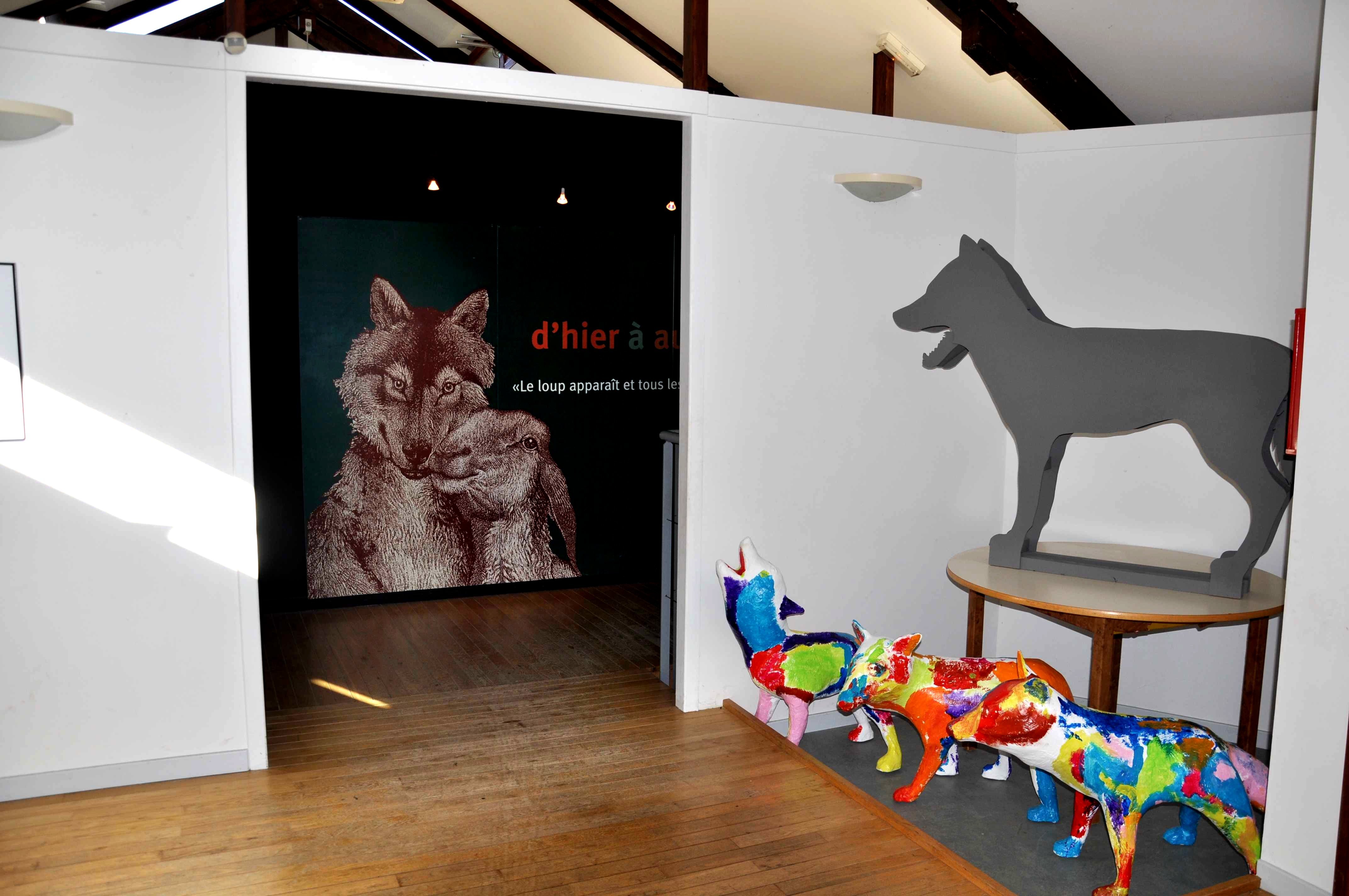
The dire wolf's legacy extends beyond the realm of paleontology into cultural and mythological narratives. Indigenous cultures across North America have stories and legends that feature large, fearsome wolves, reflecting the dire wolf's impact on human imagination. These tales often depict the dire wolf as a symbol of strength and mystery, embodying the wild and untamed spirit of the land. In modern times, the dire wolf has captured the public's fascination, appearing in literature, film, and television as a powerful emblem of prehistoric life. These cultural representations keep the memory of the dire wolf alive, bridging the gap between ancient history and contemporary storytelling.
9. The Role of Interdisciplinary Research
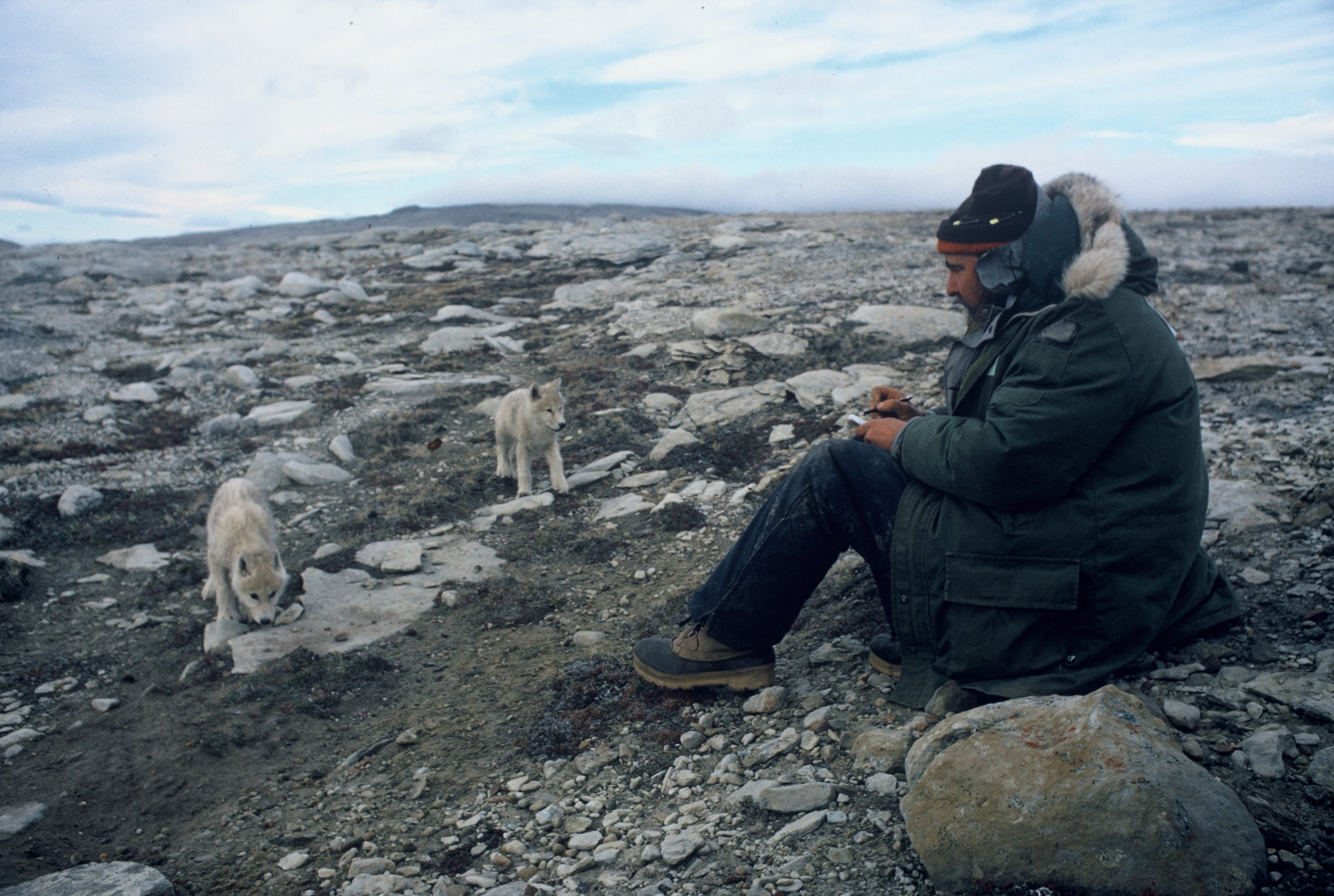
Understanding the extinction of the dire wolf requires an interdisciplinary approach, combining insights from paleontology, archaeology, genetics, and ecology. Each discipline contributes a piece to the puzzle, offering unique perspectives on the factors that led to the dire wolf's disappearance. Collaborative research efforts have advanced our understanding of the complex interplay between climate change, competition, and human activity. By integrating data from various fields, scientists can construct a more comprehensive narrative of the dire wolf's extinction, highlighting the interconnectedness of natural and anthropogenic forces in shaping prehistoric ecosystems.
10. Lessons from the Past: Conservation Implications
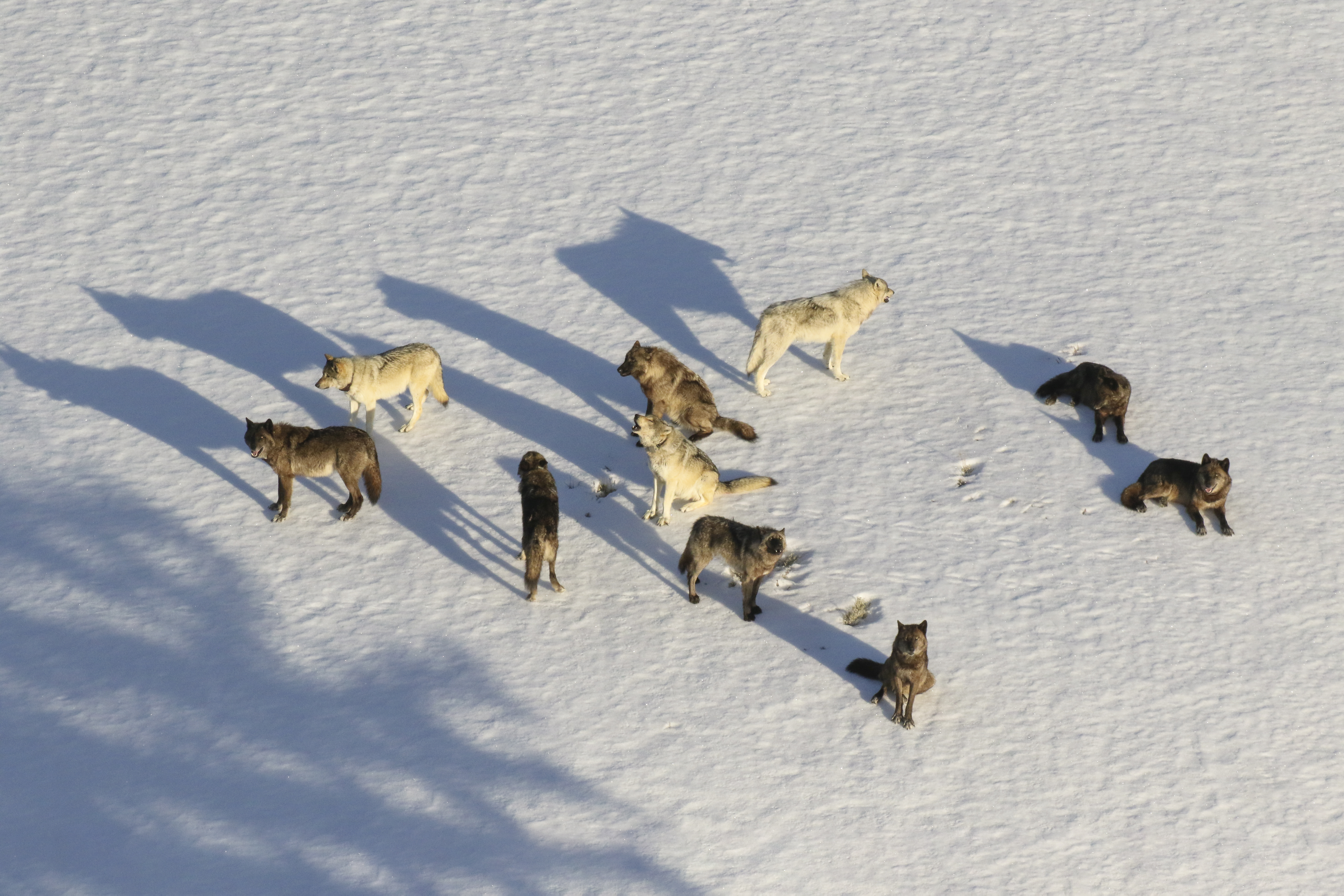
The extinction of the dire wolf offers valuable lessons for contemporary conservation efforts. Understanding the factors that led to its disappearance can inform strategies to protect modern species facing similar challenges. Climate change, habitat loss, and human activities continue to threaten biodiversity, echoing the pressures that once drove the dire wolf to extinction. By studying past extinctions, conservationists can develop more effective approaches to preserve ecosystems and prevent future losses. The dire wolf's story serves as a poignant reminder of the delicate balance between species and their environments, emphasizing the importance of proactive conservation measures.
The dire wolf's disappearance remains one of the great mysteries of the prehistoric world, a testament to the complex forces that shape life on Earth. As we wander through the captivating hypotheses surrounding its extinction, we gain a deeper appreciation for the intricate web of interactions that define ecosystems. The dire wolf's legacy endures, not only in the fossil record but also in the cultural imagination and scientific inquiry it continues to inspire. By exploring the ancient mysteries of the dire wolf, we honor its place in the tapestry of life and reaffirm our commitment to understanding and preserving the natural world for future generations.






